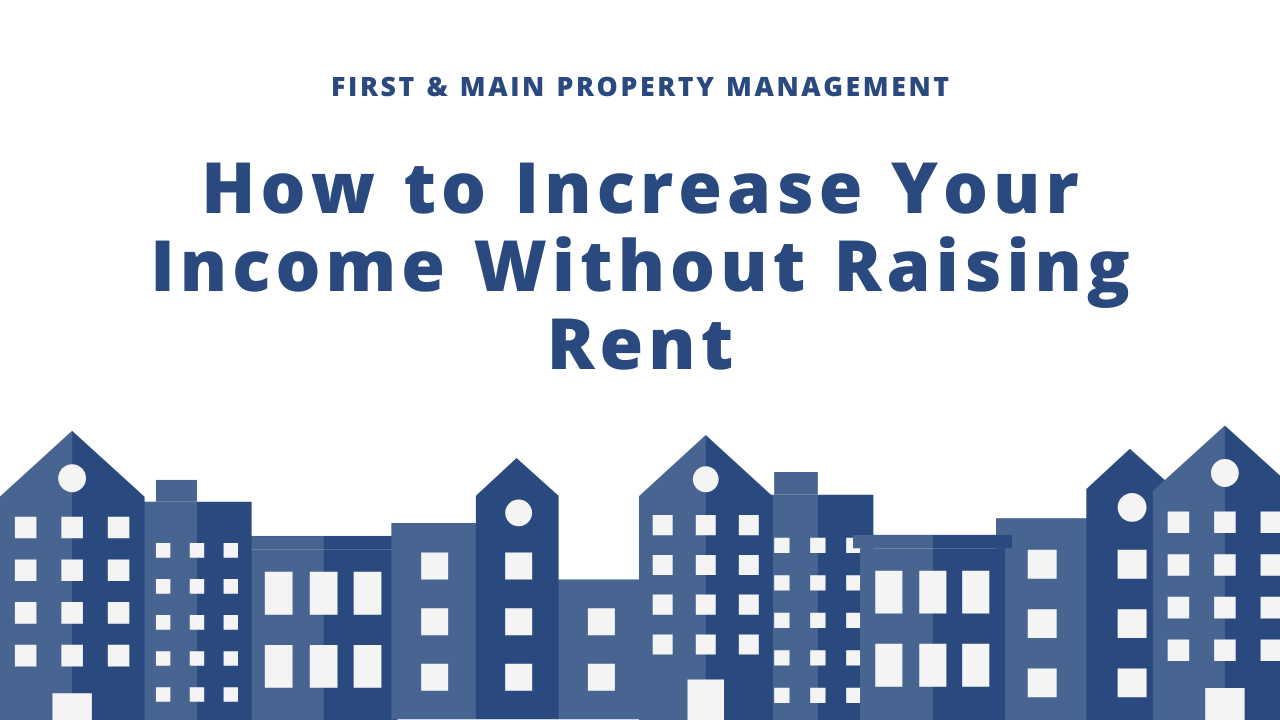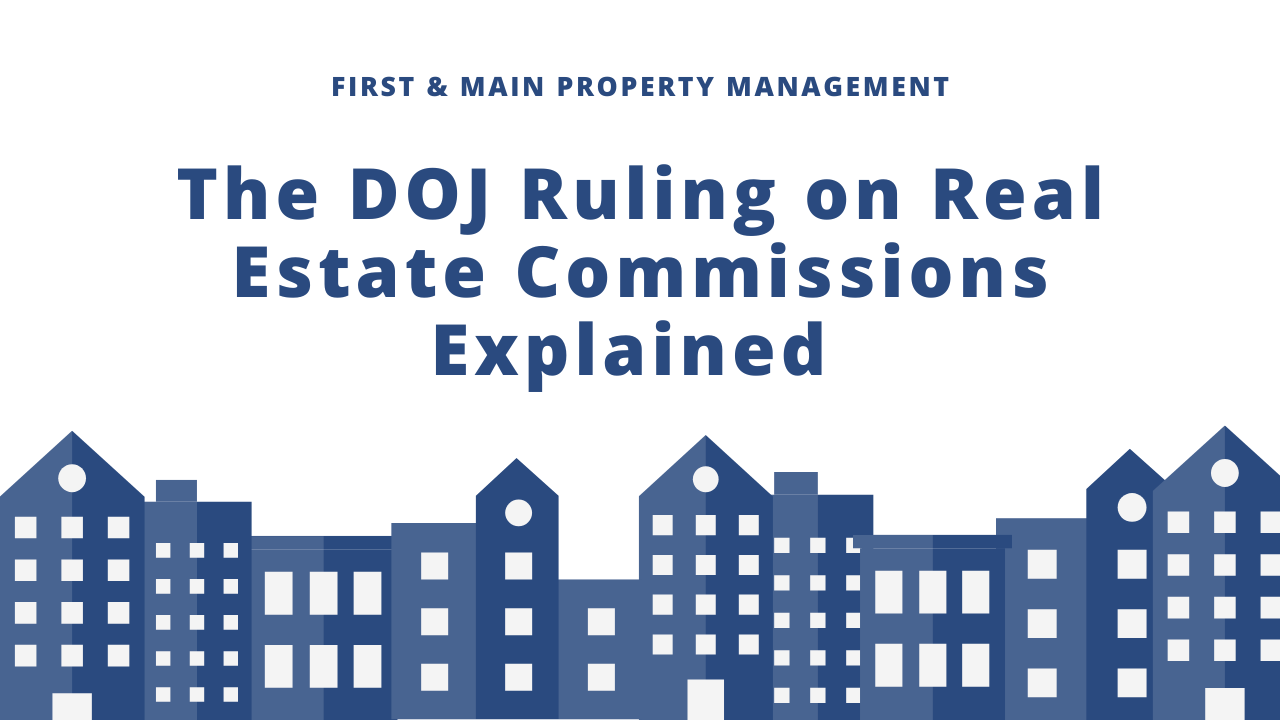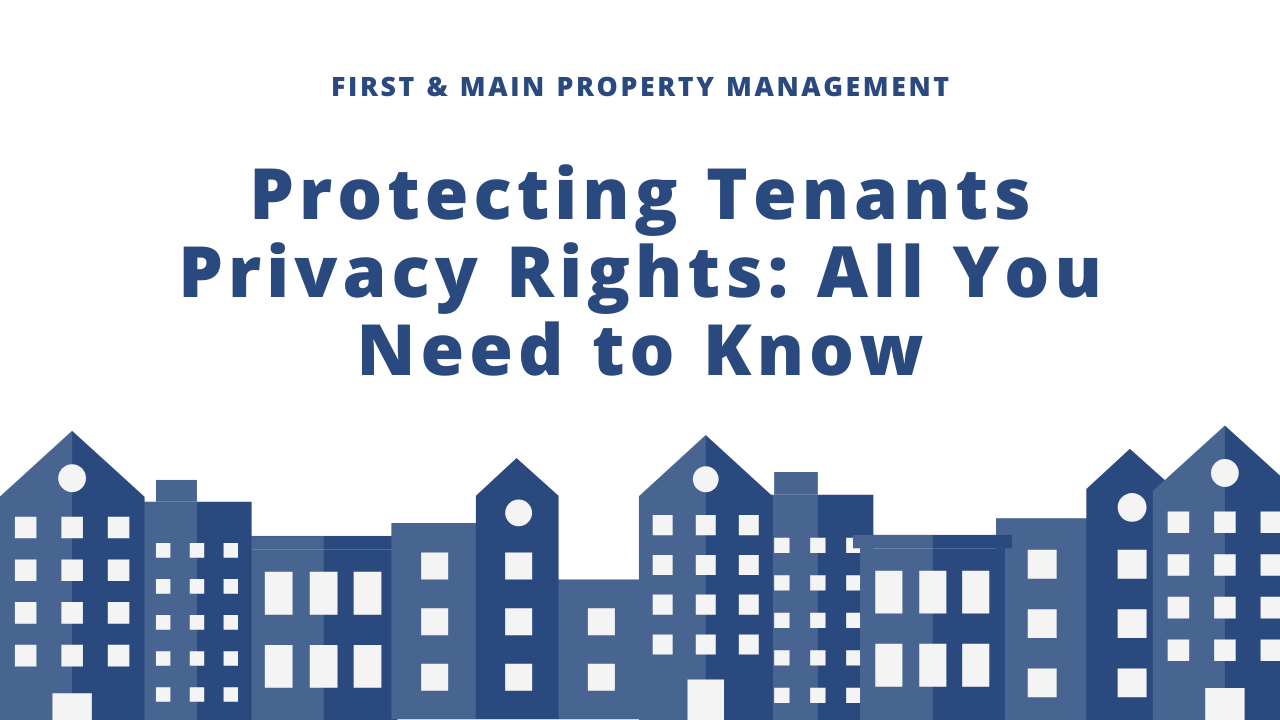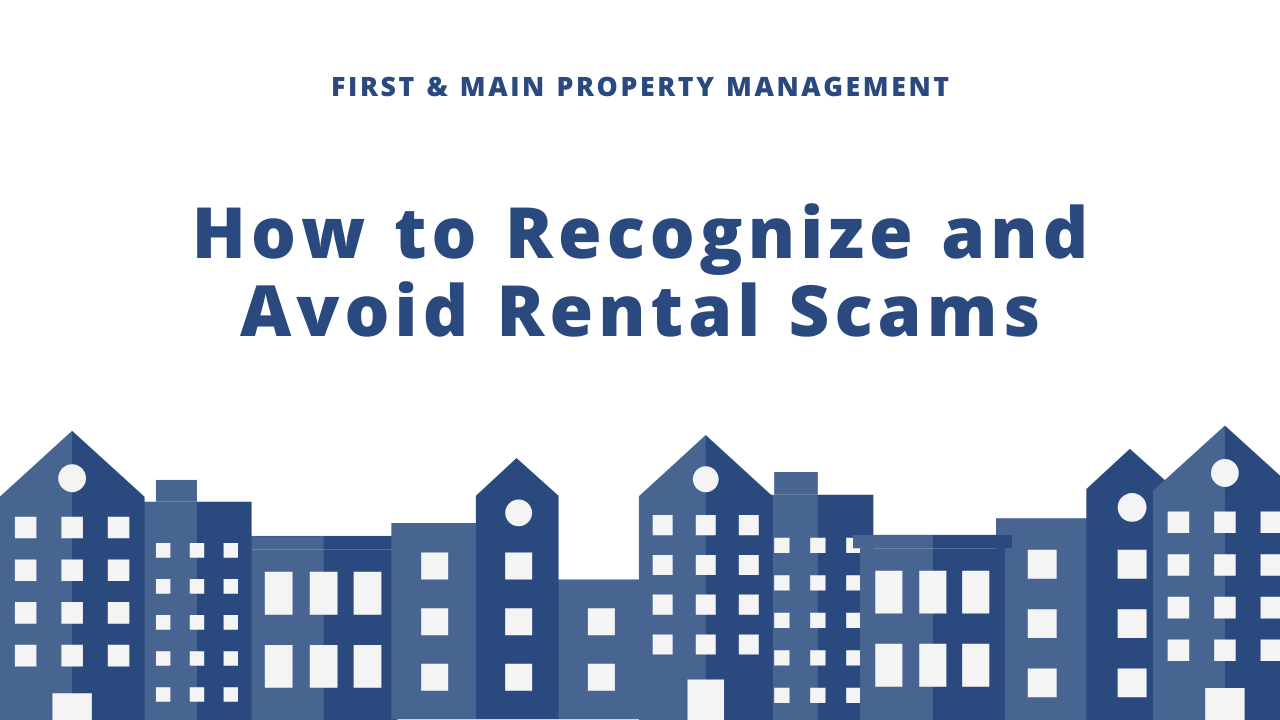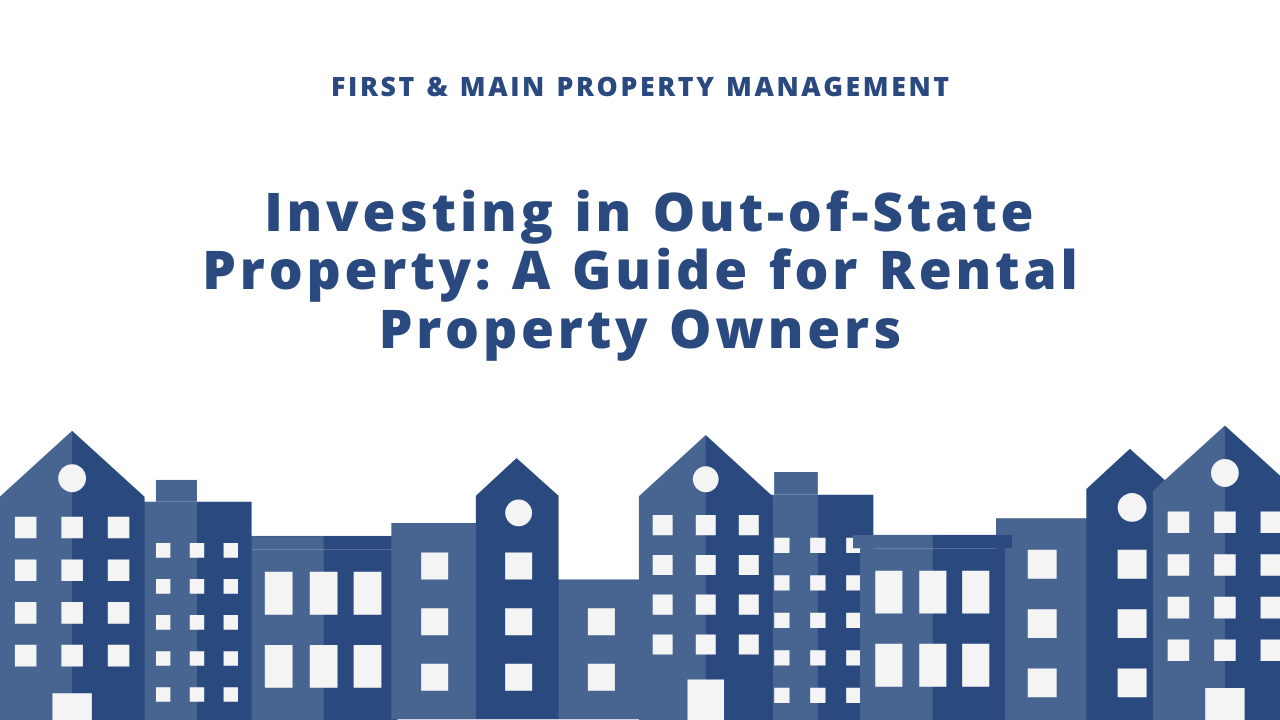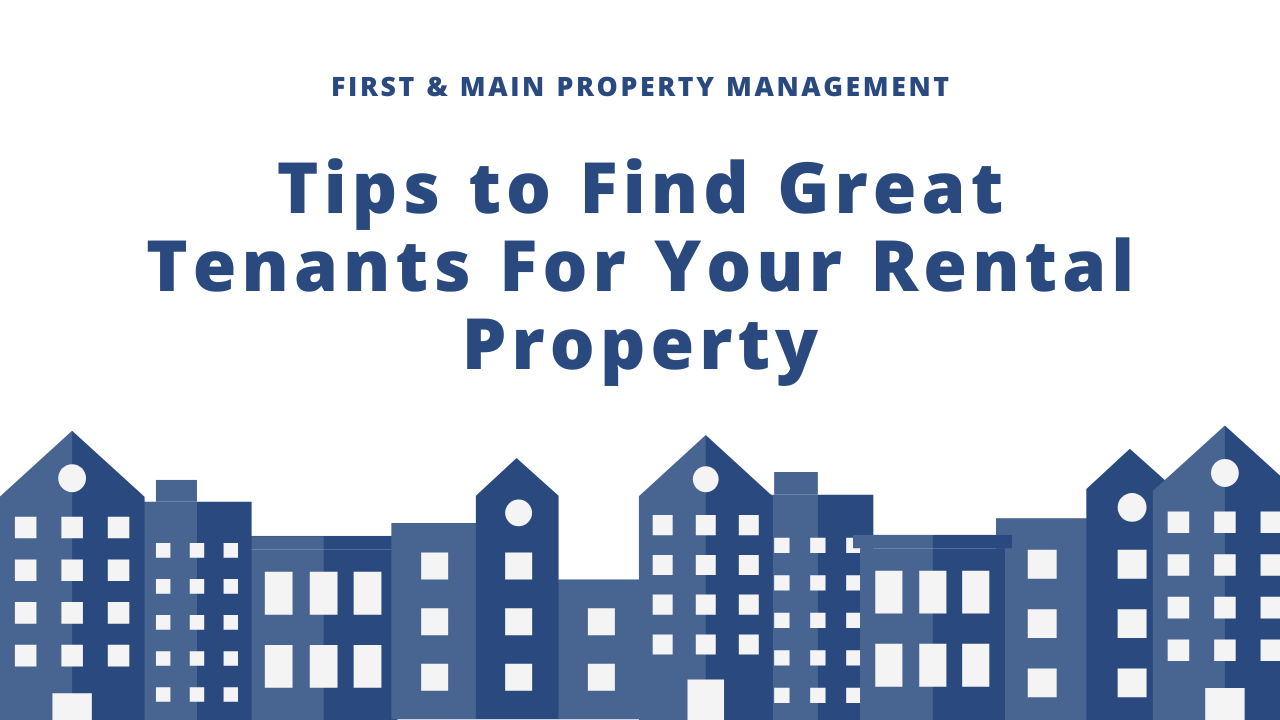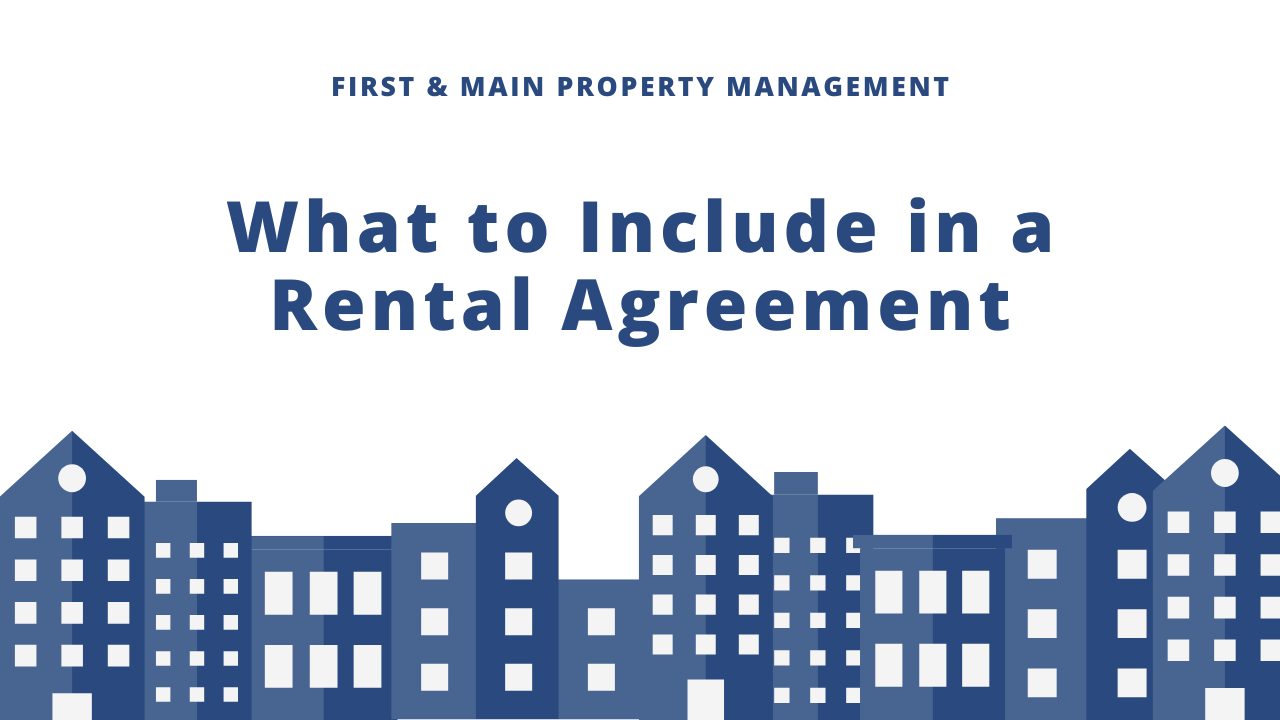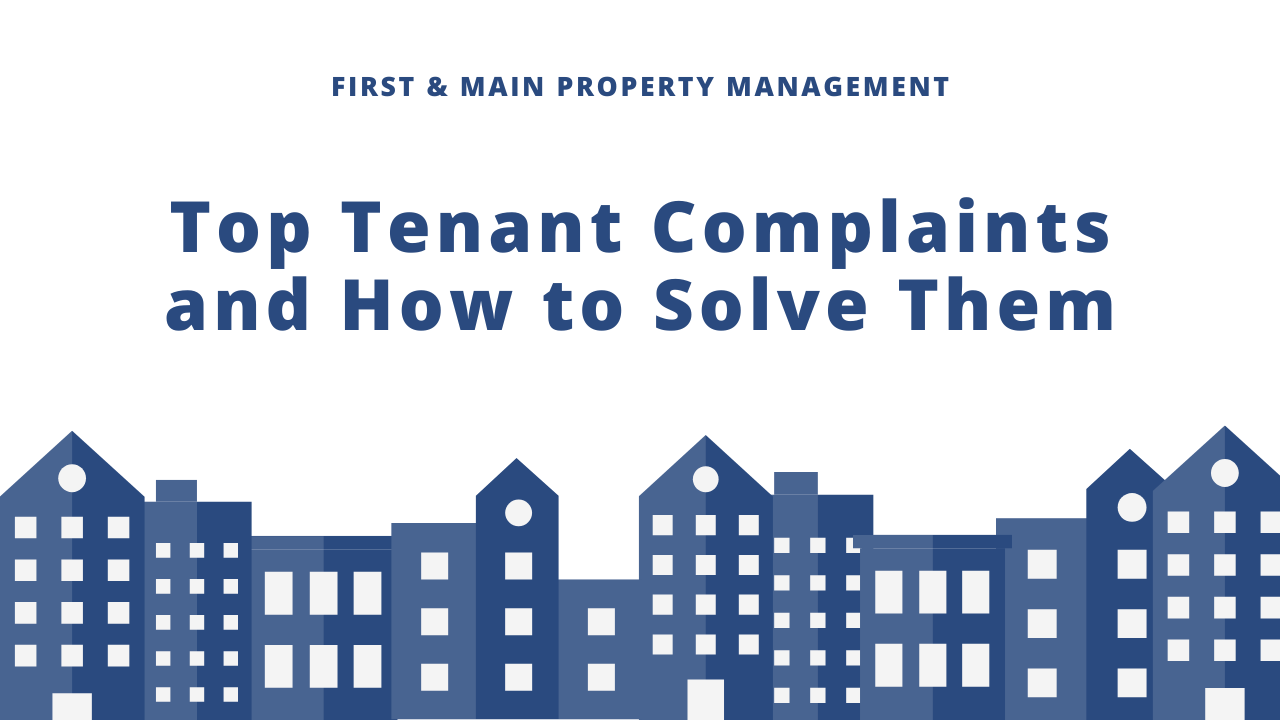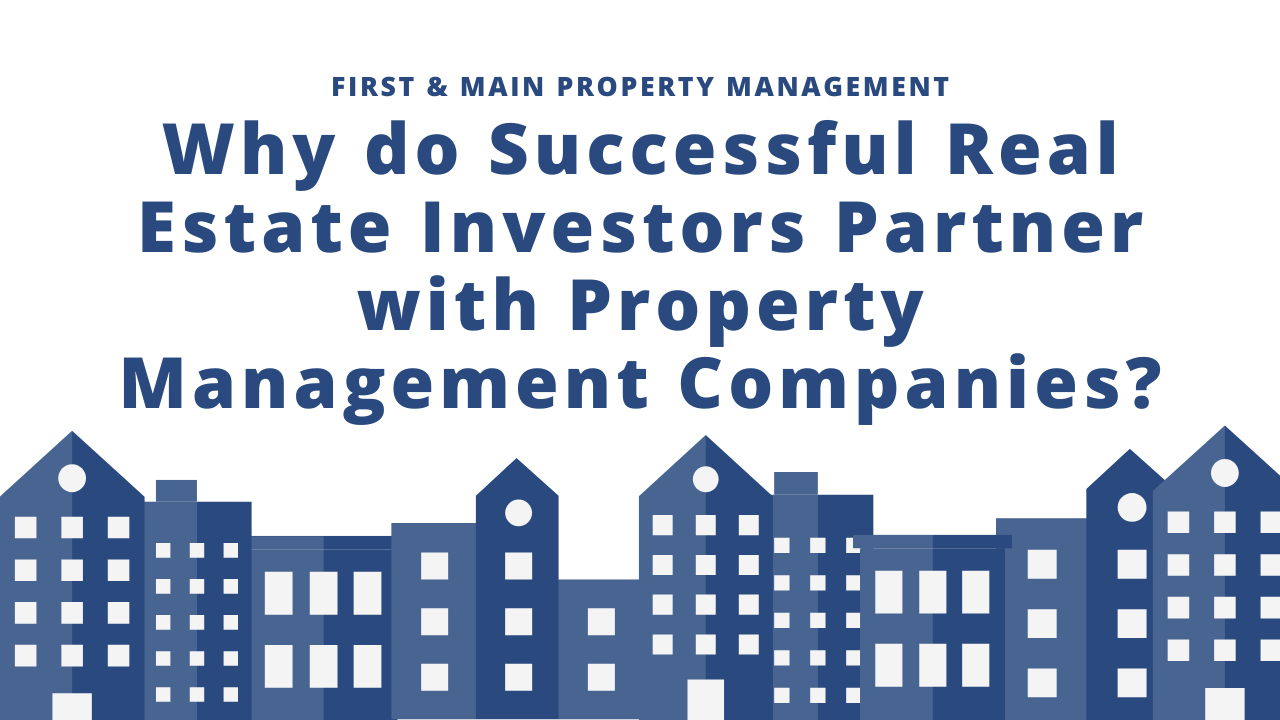How to Grow Your Rental Portfolio
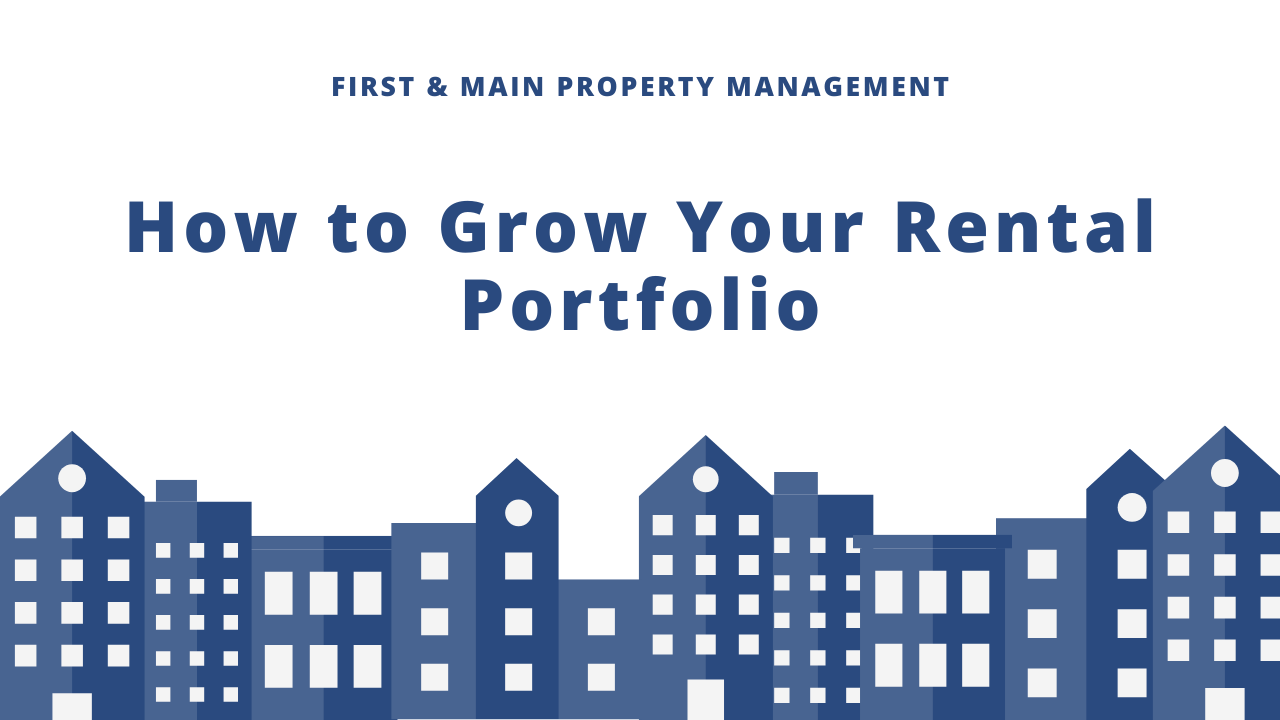
Are you a landlord looking to maximize your investment potential by expanding your rental portfolio? Whether you're just starting out or ready to scale up, this guide from First & Main Property Management will help you navigate the path to success.
We’ll cover essential strategies such as market analysis, strategic planning, and practical tips to grow your portfolio effectively.
By the end of this article, you'll be equipped with the knowledge to make informed decisions, boost your revenue, and secure long-term financial stability.
Let’s dive into the key steps for expanding your rental investments with First & Main Property Management by your side.
Why Expand Your Rental Portfolio?
Expanding your property portfolio is all about optimizing your investments.
By diversifying with different property types and locations, you spread risk and increase your potential to earn from multiple sources. As you add more properties, your per-property management costs often decrease, and with property values rising over time, your wealth grows.
Additionally, owning more properties can provide valuable tax benefits and deductions, further boosting your financial returns.
How to Effectively Expand Your Rental Portfolio
Growing your rental portfolio successfully involves strategic planning and keen market insights. Here are detailed steps to help you enhance your portfolio and boost your income as a landlord:
Develop a Comprehensive Real Estate Investment Plan
Creating a thorough investment plan is crucial. This plan should detail your current financial status, including your assets, debts, and cash flow.
Define the type of properties you’re interested in, such as single-family homes or multi-unit residential buildings, and identify the geographic areas you see as profitable.

Consider your long-term financial goals and how these investments fit into that picture. Your plan should also budget for potential property acquisitions, necessary renovations, and unexpected costs that might arise.
It’s important to revisit and update your investment plan regularly as your portfolio grows and your financial situation evolves.
Set Clear, Achievable Goals
To turn your vision into reality, set SMART (Specific, Measurable, Achievable, Relevant, Time-bound) goals. For example, you might set a specific goal to acquire two new rental properties in the next year.
These goals should be measurable (e.g., the number of properties), achievable (within your financial capacity), relevant (align with your overall investment strategy), and time-bound (set a deadline).
By setting clear goals, you create a series of steps towards expanding your portfolio and can measure your progress along the way. This approach keeps your strategy focused and aligned with your end objectives.
Select Your Investment Strategy Carefully
Choosing the right investment strategy is vital and should align with your knowledge, financial resources, and the amount of time you can dedicate.
Consider different types of properties and rental strategies:
Residential properties might be more familiar and can provide steady income through long-term rentals.
Commercial properties may offer longer lease terms and potentially higher returns but generally require a larger initial investment and carry a different risk profile.
Vacation rentals can be highly profitable, especially in desirable locations, but may also involve higher turnover and seasonal fluctuations.
Decide which type of investment fits best with your goals and how actively involved you want to be in managing the properties.

Understand and Manage Your Risk Tolerance
Understanding your risk tolerance is crucial when managing a growing property portfolio. Assess how comfortable you are with potential fluctuations in income, whether due to market shifts or vacancies.
Consider scenarios such as what you'd do if a property took longer to rent than expected, or if a major, unexpected repair arose. Evaluate different types of investments based on their risk levels and potential returns.
This awareness will guide you in making decisions that align with both your financial goals and your comfort with risk.
Utilize Financing Options Wisely
Financing can play a significant role in portfolio expansion. Explore various financing options available for purchasing rental properties, such as mortgages, real estate investment loans, or lines of credit.
Understand the terms and conditions associated with each financing method and how they impact your overall financial strategy. Consider leveraging the equity in your existing properties to finance additional purchases.
This strategy can accelerate growth but must be managed carefully to maintain a healthy debt-to-income ratio.
Network with Other Real Estate Professionals
Building relationships with other real estate professionals can provide valuable insights and opportunities. This network can include real estate agents, brokers, other landlords, property managers, and legal advisors who specialize in real estate.
Networking can help you find deals, get recommendations for reliable contractors, and offer support and advice as you grow your portfolio.
Review and Adjust Your Strategy Regularly
As you acquire more properties and gain more experience, regularly
review your investment strategy and portfolio performance.

Analyze what’s working and what isn’t, and be prepared to adjust your approach accordingly.
This might mean selling underperforming properties, changing your rental strategy, or investing in different types of properties or new locations based on market conditions.
Tips for Understanding the Rental Market
Check Rental Prices: Knowing how much to charge for rent is crucial. Look at similar properties in your target area to get an idea of what you should charge. It’s about finding the right price that attracts tenants and still makes you money.
Look at Vacancy Rates: This shows you how often properties are empty in an area. High vacancy rates might mean the area is not very popular, which could be a warning sign. Low vacancy rates usually mean the area is in demand and properties don’t stay empty for long.
Conclusion
As we wrap up our exploration of how to expand your rental portfolio, remember that the journey to increasing your properties can be both rewarding and challenging.
By applying the strategies we’ve discussed, you're setting yourself up for success.
If you find managing multiple properties overwhelming or if you'd simply like to optimize your investment efforts, consider partnering with a professional property management company.
First & Main Property Management offers expert services to streamline your operations and maximize your rental income, allowing you to focus on further expansion.
Let First & Main be the key to unlocking your portfolio’s full potential!

